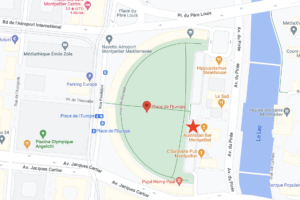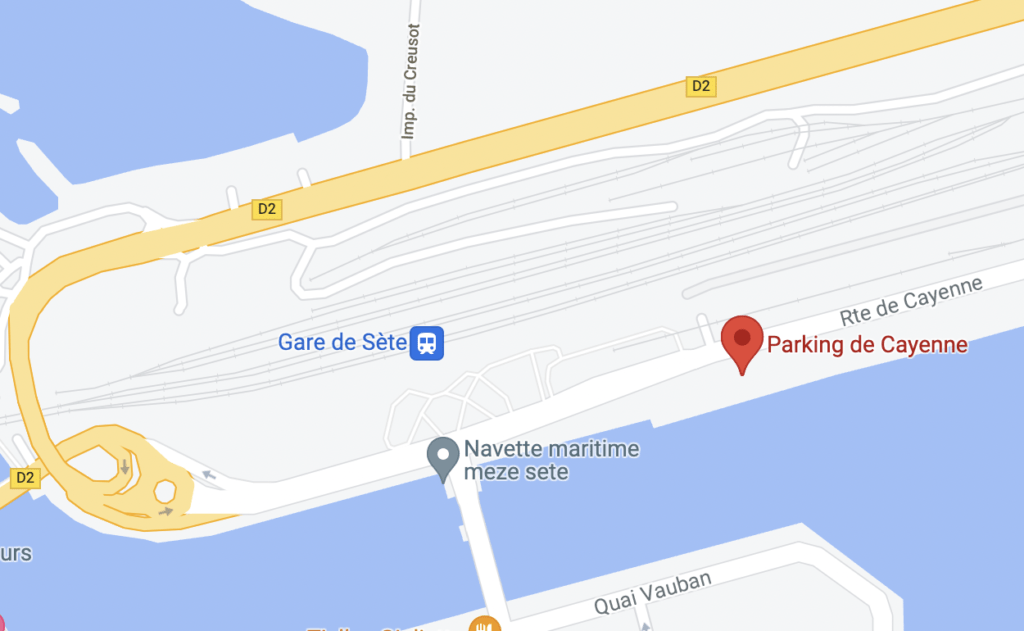The Terrasses du Larzac
The Terrasses du Larzac
A short story
The Larzac terraces were made famous by the film Mondovino by Jonathan Nossiter (2004) depicting the battle between two visions of contemporary viticulture. Indeed the lands beside Aniane coveted by the powerful Mondavi family were the scene of clashes between local producers defending a small local craft artisan producing terroir wines, characteristic and distinct, and multinationals representing standardisation and globalization of tastes. This struggle crystallizes the challenges of viticulture today.
History
The presence of vines on the Terrasses du Larzac dates back to Roman times, when the Lodève countryside enjoyed a privileged location: it ran along the Gallo-Roman exchange route linking the highlands of the Massif Central with the Mediterranean coast.
The cultivation of the vine in this region also owes much to the influence of Benedictine monks settled in the region from 782 and who built the Romanesque churches and priories found particularly in Aniane or St Guilhem-le-Desert. The Monks gave great importance to the vine.The final decision to build an abbey was only taken when there was certainty that vines could grow on the site.
Despite its ancient roots, the actual denomination “Terrasses du Larzac” was only created in 2004 and recognized as an AOP on its own in 2014. Thanks to the initiative of a handful of wine growers, it represents today the renewal of the Languedoc region, focusing on the production of high quality wines.
Terroir
The soil is the composition of a very diverse geological history: sandy clay loaded with stones, red horizontal layers of ruffes – limestone marls dominated by high cliffs of Jurassic limestone. The Terrasses du Larzac denomination’s soils are extremely rich and varied and is the foundation of the diversity of its wines.
Protected by the Causses du Larzac, the denomination has a favuorable climate with large temperature variations. The distance from the sea and proximity to the Causse provides relative coolness during the summer nights.This promotes a slow and gradual maturation, beneficial for colouring berries and developing the aromatic profile of wines. This feature creates fresh wines with particularly interesting aromatic revelations.
Discover this wines with our “Vineyards and villages” tour


